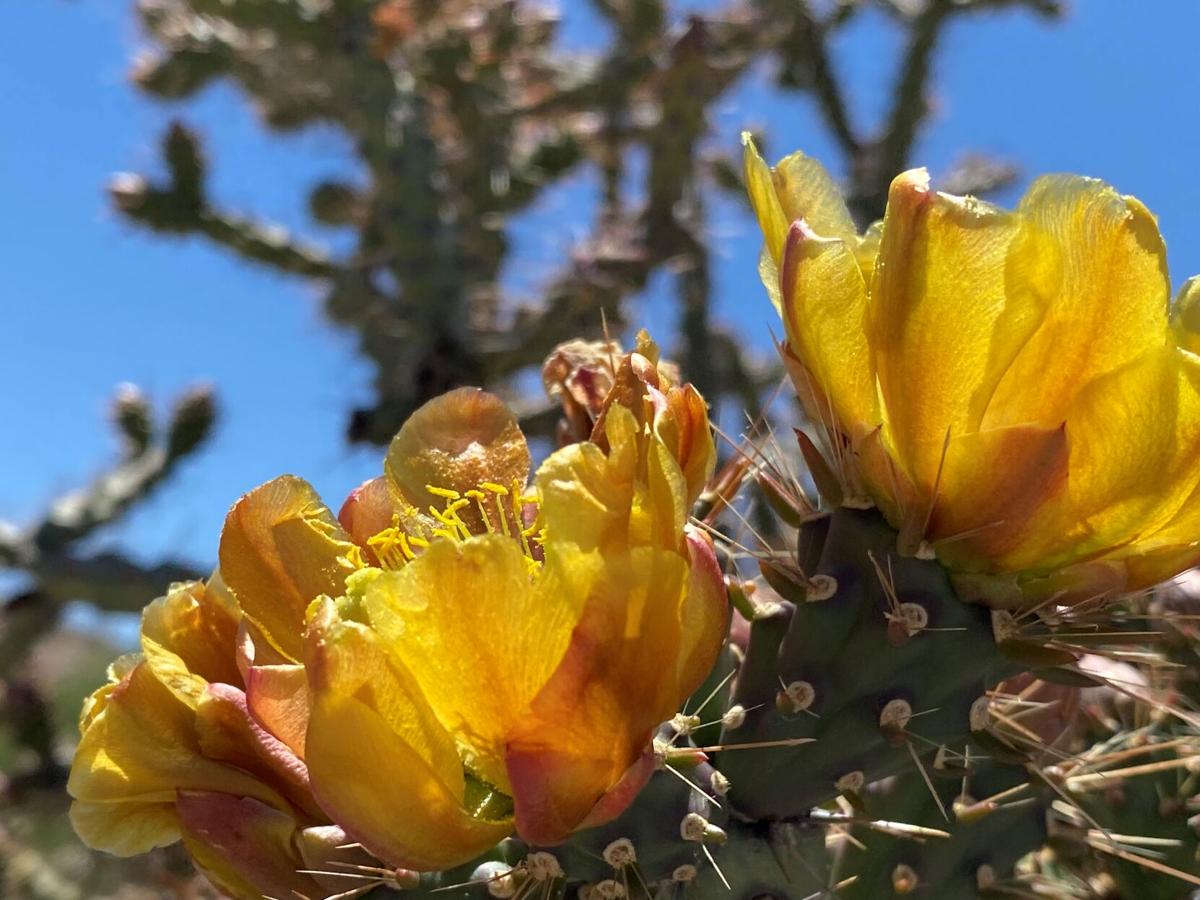Identifying plants is a very useful skill for gardeners. It’s good to know what you’re planting without relying on the (sometimes flawed) knowledge of others. It’s a skill that can save you money in nurseries, too.
Correct plant identification can help you figure out whether the volunteer in your garden is a great plant you want to keep or an invasive one you want to rip out by the roots. It can also help you if you’re out in the wild, looking for native plants that might work in your garden.
It does take time to learn some plant ID basics. Obviously experts like horticulturalists and botanists study for years and learn in gory detail which plants are in what families. It’s not so intimidating for the average gardener. For one thing, you don’t have to learn every plant on the planet to be familiar with plants native to the Sonoran Desert.
For another, there are some helpful plant ID apps out there that allow you to take photos with your phone and ask experts questions for those times when you can’t figure out what you’re looking at. The two most recommended ones happen to be free: iNaturalist and Pl@ntNet. Both are citizen science projects, and when you post your plant photos on the apps you help scientists catalog where various species are found. iNaturalist is great for identifying animals, as well.
But it helps to start somewhere, rather than run around taking photos of everything and hoping your app is correct. A great starting place is a local botany book with good photos and drawings. Ideally you would have books with both, because photos don’t always capture the details you need to identify a plant. Some options include:
- "Perennials for the Southwest: Plants That Flourish in Arid Gardens" by Mary Irish
- "Sonoran Desert Plant ID For Everyone" by Jim Koweek
- "Southwest Medicinal Plants" by John Slattery
You can also use online resources to help you learn local plant species. Some helpful ones include:
- University of Arizona Herbarium
- Arizona Native Plant Society
- SEINet
- Arizona-Sonora Desert Museum
- Firefly Forest
Another, and very fun way to learn about plants is to visit local gardens which have labels on their plants. You can learn a lot this way. I recommend the following:
- Pima County Master Gardener Demonstration Garden – tours are available
- Arizona-Sonora Desert Museum
- Tohono Chul
- Tucson Botanical Gardens
- Desert Botanical Garden in Phoenix
- Taking a tour of the University of Arizona’s Arboretum
Finally, I like to roam around native plant nurseries like Desert Survivors and Spadefoot Nursery, among others, to learn about local plants. Keep in mind, however, that plants grown by humans will often look very different to what you see out in the wild.
Watch now: These beautiful native plants will be a great addition to your Tucson garden. Video by Dominika Heusinkveld/Arizona Daily Star.





